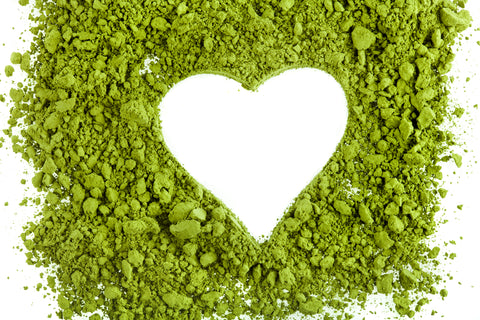
Hi. If you are new to matcha tea, let me welcome you to a world of health benefits and great taste. Matcha is a relatively new drink, which is quickly replacing coffee, fruit juices, vegetable juices, energy drinks and even green tea.
In Japan, matcha has been a popular drink for more than 800 years so it’s safe to say that matcha is a nice beverage, and definitely not without some benefits.
It’s also safe to say that the Japanese know the difference between good quality matcha and bad quality matcha. But for obvious reasons, we may not always know that difference and can be led to believe that a certain pack of light-green, slightly yellowish tea powder with a musty smell is “authentic” Japanese matcha tea.
Well, in our defence, with all those grading scales and exotic names, it can be pretty confusing!

First of all, remember that high quality matcha tea powder should be used for drinking traditional matcha tea and low quality matcha tea should be used in cooking or for garnishing a prepared dish.
Once the package has been opened, the biggest clue is right before your eyes. It's colour. The colour of good quality matcha is always bright green, a shade that can be described as jade green.
Inferior quality matcha will always be a dull, lacklustre green. Some of them are even army green and have a yellowish tint.
After it has come into contact with the bamboo whisk, the matcha tea powder should still show a beautiful jade green colour. Lower grades, will not have that colour.
If the tin of “matcha tea” you are holding in your hand, contains a powder of this colour, you have purchased poor quality matcha.

The yellowish and sometimes brownish colour is actually bad news.
Not only does it mean the quality is inferior, it also suggests that the matcha is way past its prime, contains stems and branches (pure matcha is made by grounding whole leaves, not stems and branches along with them).
Since matcha is shade-grown, it gets a vibrant green colour from the overproduction of chlorophyll in the leaves.
After colour, the next thing to base your decision on is the smell.
High quality Matcha will always have a sweet yet pungent and vegetal smell which comes from the high levels of amino acids in it.
The high levels of L-Theanine is also attributable to the shade-growing process. Inferior quality matcha green tea is grown in the open and loses the amino acids in the process.
To be absolutely sure, bring the matcha close to your nose and take a slow but deep inhale.
If the smell is like baby green vegetables, you are on the safe side. But if it smells a little dusty and stale, it’s not good matcha.

The next thing you should be paying attention to is the taste. Low-quality matcha often tastes bitter.
Some even have a sour aftertaste.
All you have to do is whisk your bowl of matcha and sip it.
If it’s so bitter that it makes you want to spit it out, you know it’s not good matcha.
If it tastes sweet (there’s no added sugar in good matcha, the sweetness comes from the amino acids), there has to be a meatiness in it as well, thanks to the high content of amino acids.
After you’ve checked all the above, it’s time to take notice of the finish/feel.
When you drink matcha, it should give you a pleasant finish or feel that lasts for up to 30 seconds.
To the touch, high quality matcha tea powder should feel superfine.
Much like eye shadow. With particle sizes of only 5-10 microns, its silky feel is hard to miss.

That’s a sign of good matcha. You won’t find that in lower-quality matcha tea.
I sincerely hope that you found this information helpful and can now easily find out whether the matcha you have bought or thinking of buying is the real deal.


Comments will be approved before showing up.